The only way small and marginal farmers can escape the debt trap is to cut down on fixed and variable agricultural input costs, which can be achieved solely by indulging in collective farming and approaching agriculture practice as a business instead of merely as a means of sustenance. This was the broad consensus which emerged from deliberations by farm experts, progressive farmers and farm mechanisation companies on the concluding day of the two-day 11th Progressive Farmers’ Meet jointly organised by the Confederation of Indian Industry (CII) and Mehram Publications at the CII Northern Region headquarters on Tuesday.
Focussing on the topic ‘Custom Hiring Centres – Making Farm Mechanization Affordable’ the participants felt that individual small and marginal farmers must curb the tendency of buying tractors and mechanised farm implements on their own since the capital cost of mechanisation was too high and economically not viable. Instead, such farmers must organise themselves into groups and collectively hire these through custom hiring centres (CHCs) at an efficient cost. Progressive farmers Gurvinder Singh Sohi and Buta Singh shared their experiences of successful collective farming with the audience comprising largely the farming community.
.jpg)
Photo By : Life In Chandigarh
Responding to the discussion, Punjab State Pollution Control Board Chairman Kahan Singh Pannu, who was the chief guest, said modern precision farming was the future for making the business of farming profitable and CHCs are going to become of the fulcrums of change in the coming years. He advocated that suitable changes be made in the laws and policies to encourage collective farming. Sharing his experiences during a visit to US a decade ago, he said the tractor and mechanised farm implement companies there themselves opened CHCs for the benefit of farmers and Indian companies also have to follow suit if they are to maintain growth in their businesses.
The CHC service providers can also work closely with the state government on crop residue management, create an eco-system for crop diversification and work along with the government on extension services, he added.
Punjab Agriculture Commissioner Dr Balwinder Singh Sidhu informed that the state government was in the process of bringing a bill in the vidhan sabha to formalise legal leasing of land for farming on a large scale. To an observation regarding subsidy on solar powered submersible pumps, he said a conditional subsidy of 70 percent was being offered to farmers who took steps to conserve water in farm practice like drip irrigation.
Spelling out the state government’s initiatives to encourage modern farming practices, Punjab Agriculture Department Director Jasbir Singh Bains said agricultural zoning was being planned to promote particular crops in a zone depending on its suitability. Strict measures had been taken to ensure quality agro chemicals are supplied to farmers, farm machinery banks had been planned and new crop insurance models were being devised in association with farm experts, he added.
Vikram Ahuja, Managing Director of Zamindara Farm Solutions Pvt Ltd, which is majorly into leasing out of farm machinery especially in Fazilka and Muktsar areas of Punjab, asserted that leasing rather than ownership of farm machinery and implements was a much more profitable proposition. At the cost of replacement of a set of tractor tyres, a farmer could hire a range of farm machinery for an entire year’s operations on a 4-5 acre farm. There are two formats of hiring – one Library service, which entails hiring farm machinery for a fixed period of time, and two, Taxi service, under which the company gets the desired work done on per acre or hourly basis.
Amit Mittan, Country Manager of Finland based Agroy Group, which provides a digital platform to groups of farmers for sourcing quality fertilisers, agro chemicals and seeds at highly competitive bulk prices, and very recently started operations in India, emphasised that modern mechanisation was extremely essential for profitable farm operations. Listing out various reasons why mechanisation was increasingly becoming essential, he said labour shortage was a key factor. Among the advantages were efficiency of farm practices, bringing down post harvest losses, effective cost and profitability management and reducing time engagement of farmers in production activities.
Stressing on the need for farmers to organise themselves into groups for affordability and efficiency of farm operations, he also emphasised the need for preparing long term business plans, a concept which was woefully lacking in India.
B.N Sachan, Product Development Head, Escorts Tractors, asserted that selection of tractors as per an individual farmer’s or group of farmers’ requirements was essential for cost effective farm operations. He said to make the ownership of a tractor more profitable for farmers Escorts had started a pilot project to facilitate tractor owners to till the farms of other farmers as well. The company would in the near future also offer tractor-farm implement packages to farmers, he added.
Moderating the discussion, Past Chairman, CII Chandigarh Council and Chief Executive Officer, Nectar Lifesciences Ltd Dr Dinesh Dua said accelerated growth in the farm sector through increased mechanisation will go a long way in achieving India’s goal of 10 percent overall economic growth in the coming years.
Earlier initiating the discussion, President of the Borlaug Farmers Association, South Asia Paviterpal Singh Pangli cited various recent scientific studies to suggest that the heavy depletion of soil quality in overexploited states like Punjab had resulted in an alarming fall in the nutritional value of fruits and vegetables, leading to several deficiencies in our daily diets.



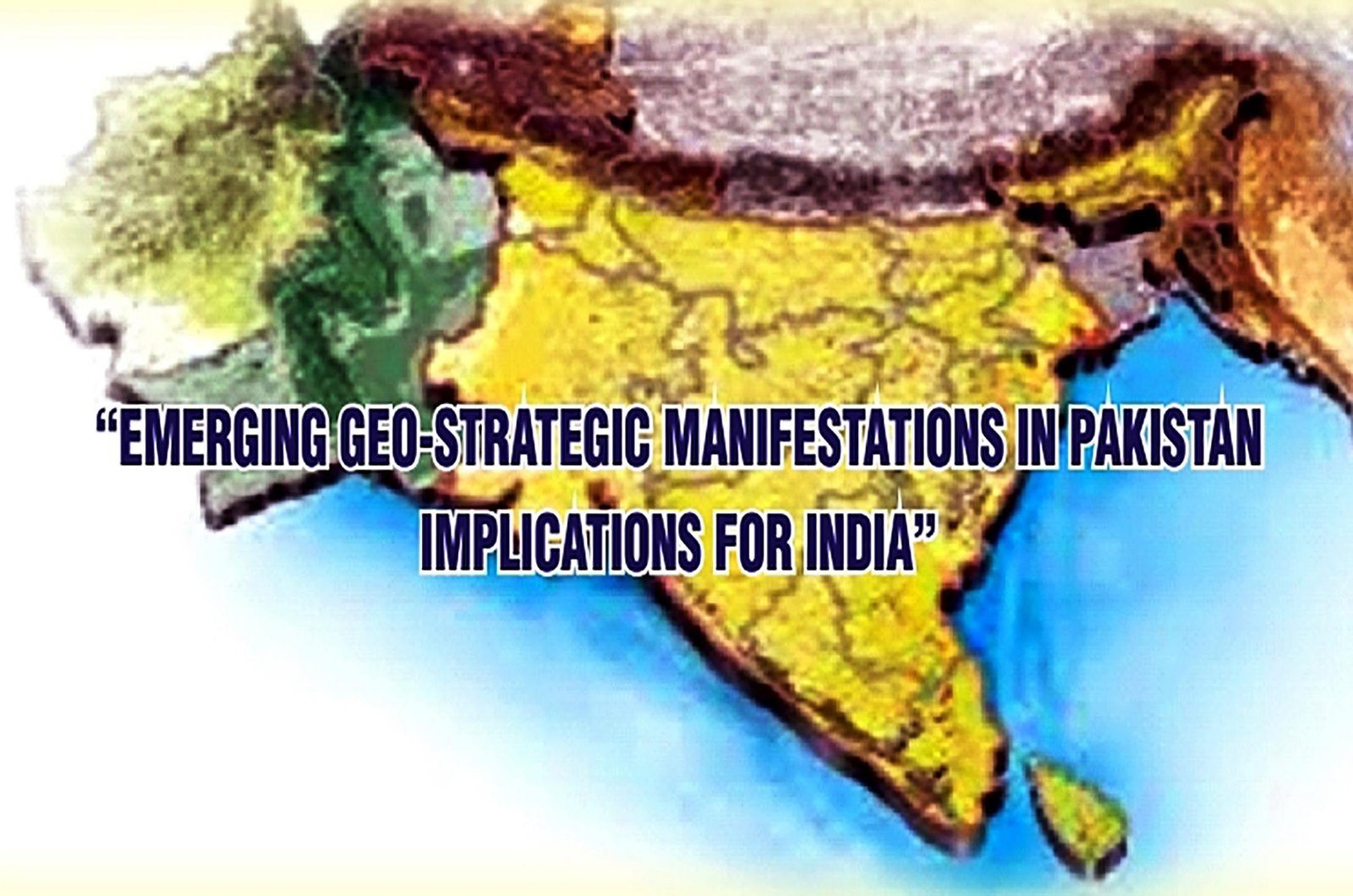
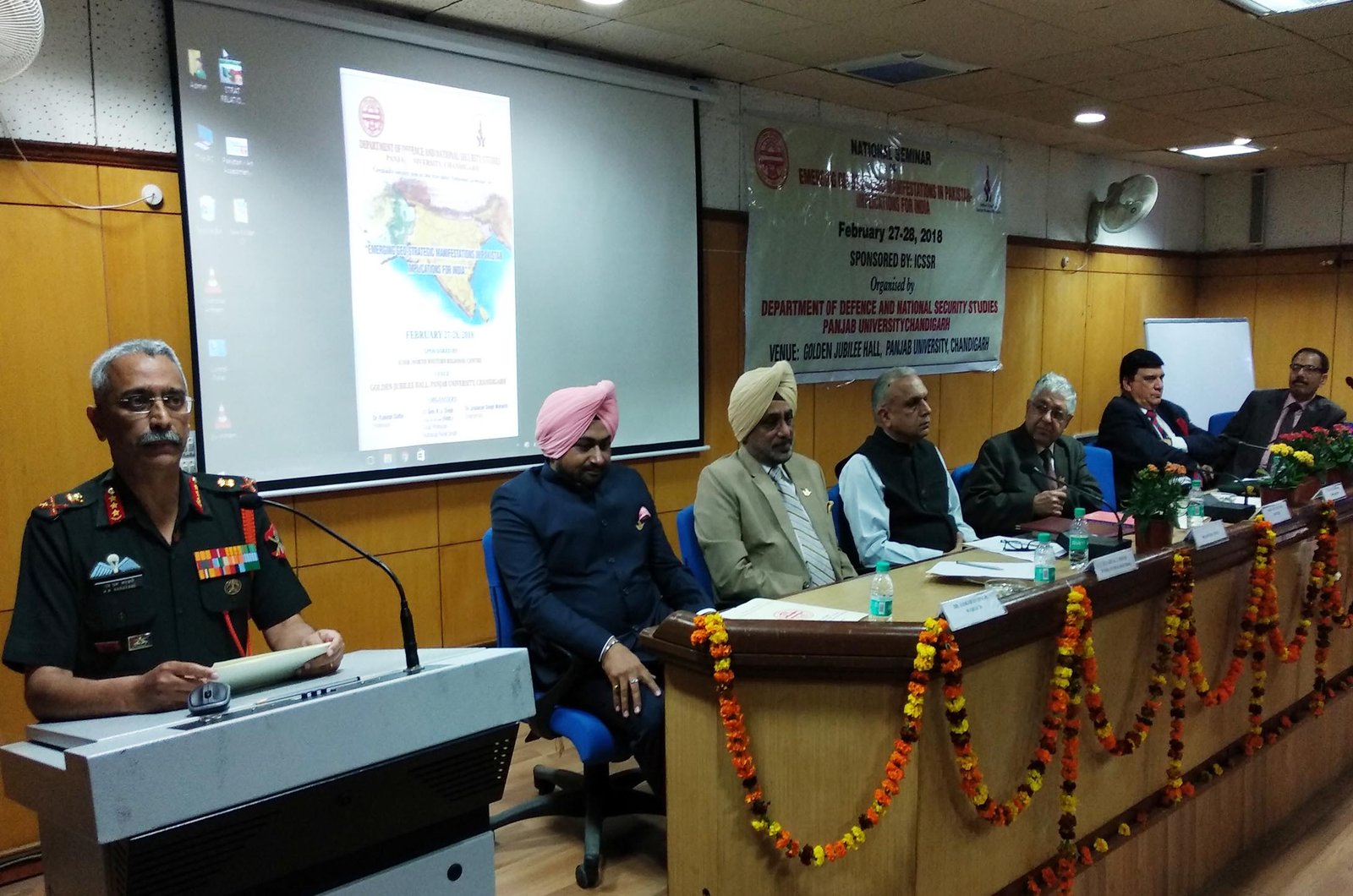
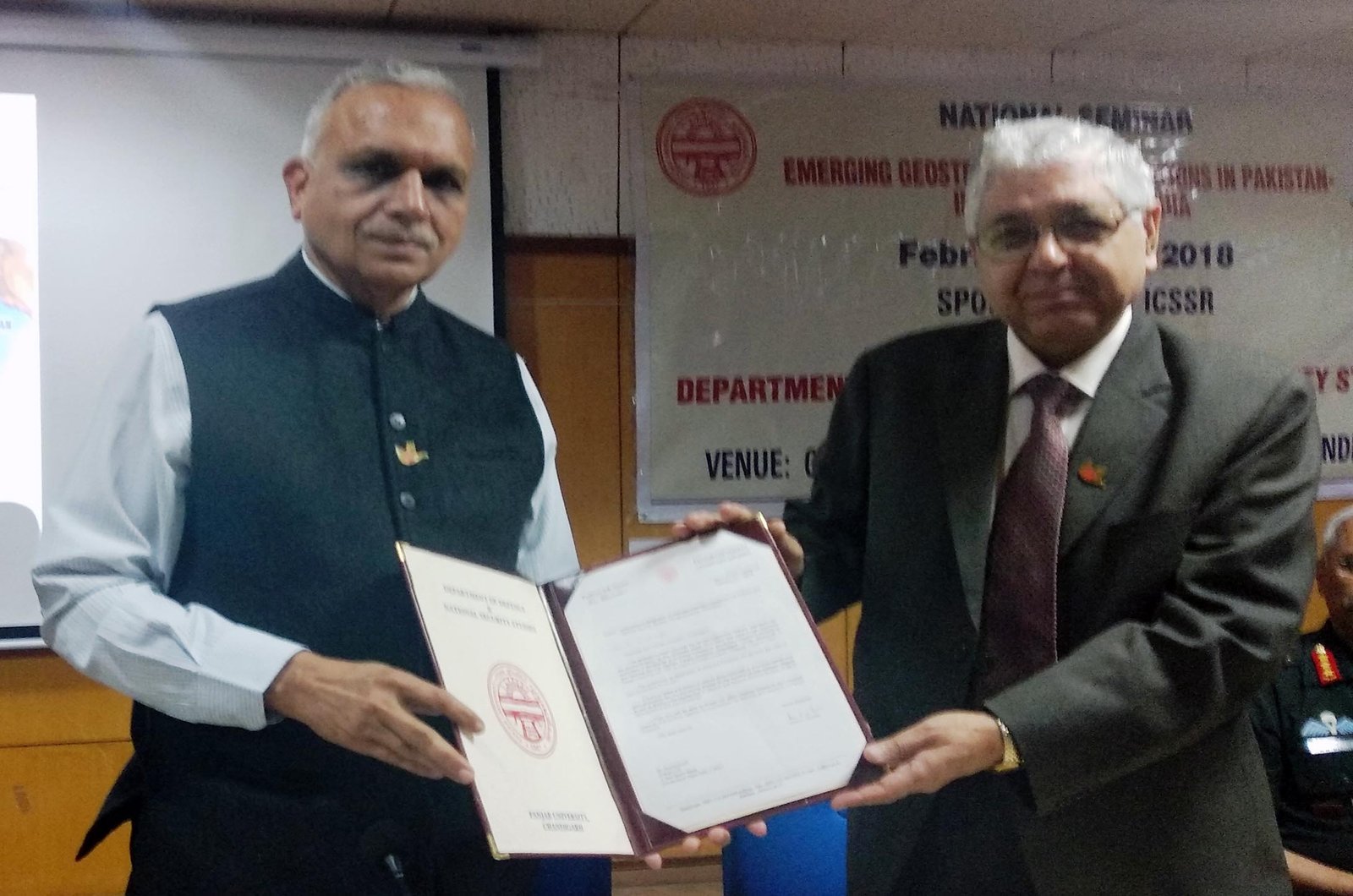



.jpg)

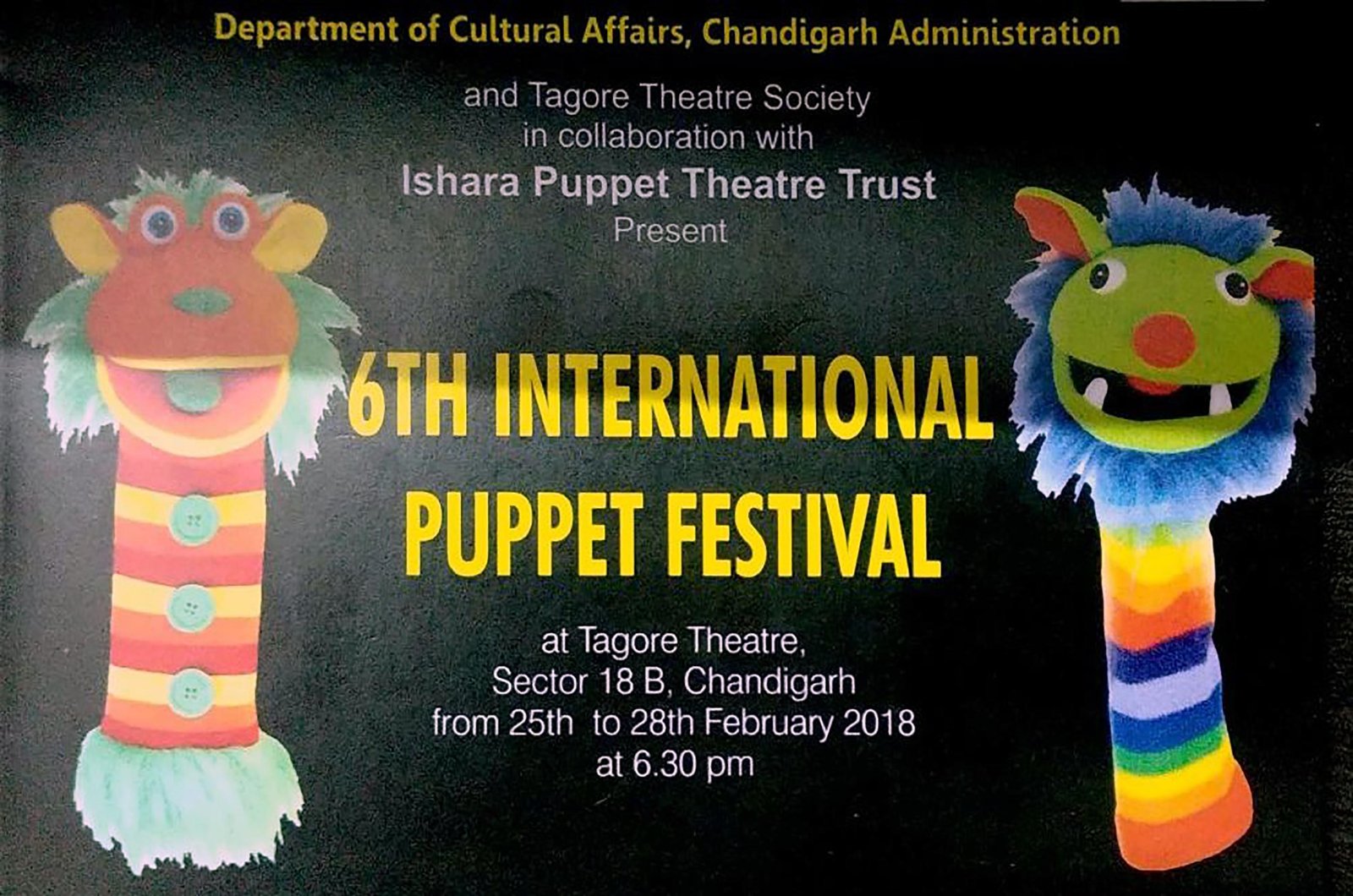

.jpg)
.jpg)
.jpg)

.jpg)
.jpg)



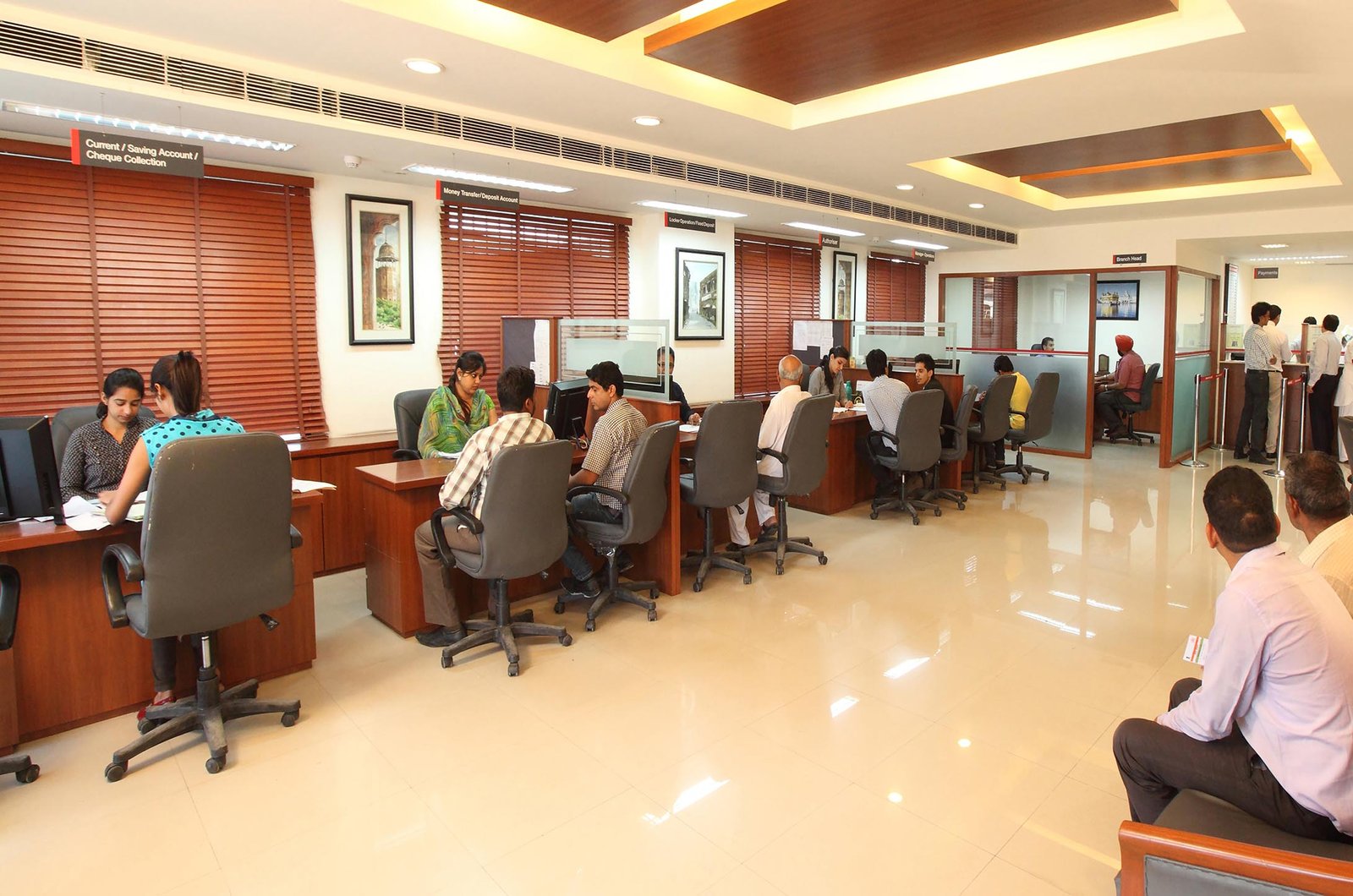
.jpg)



